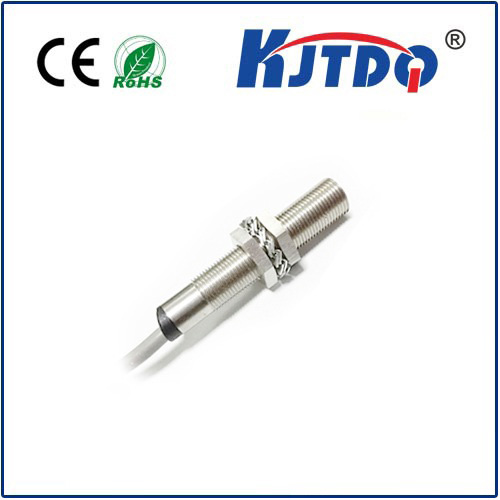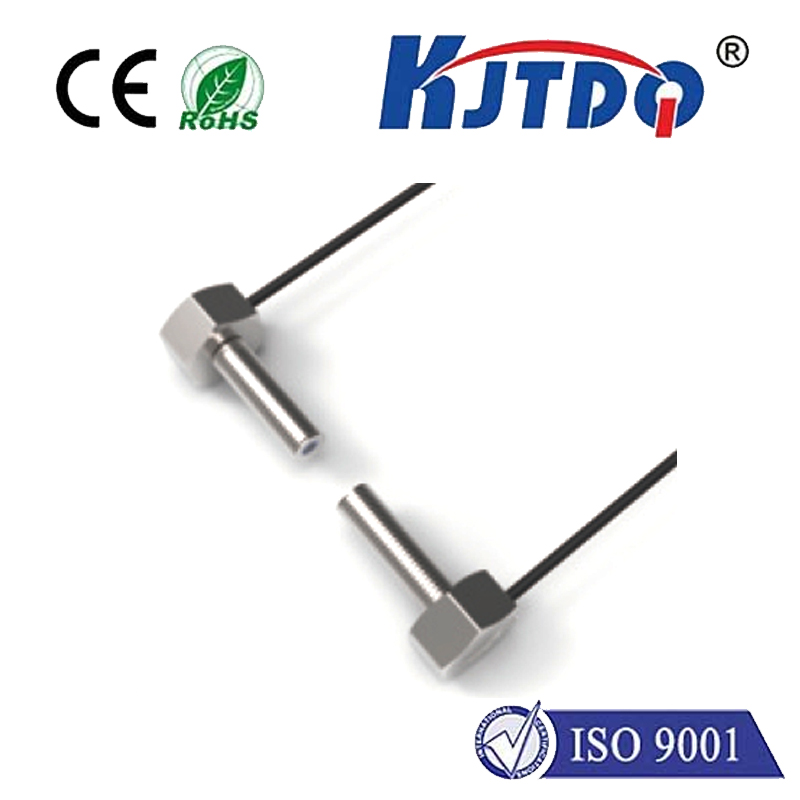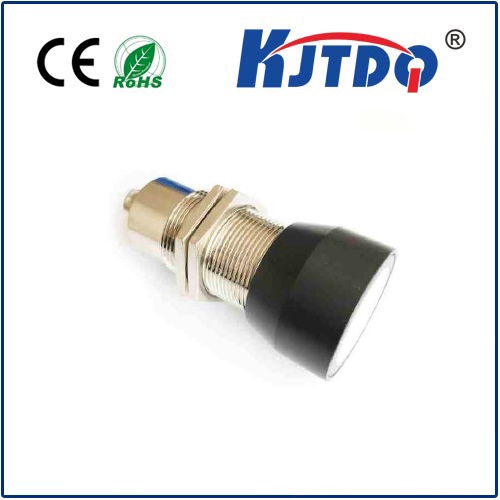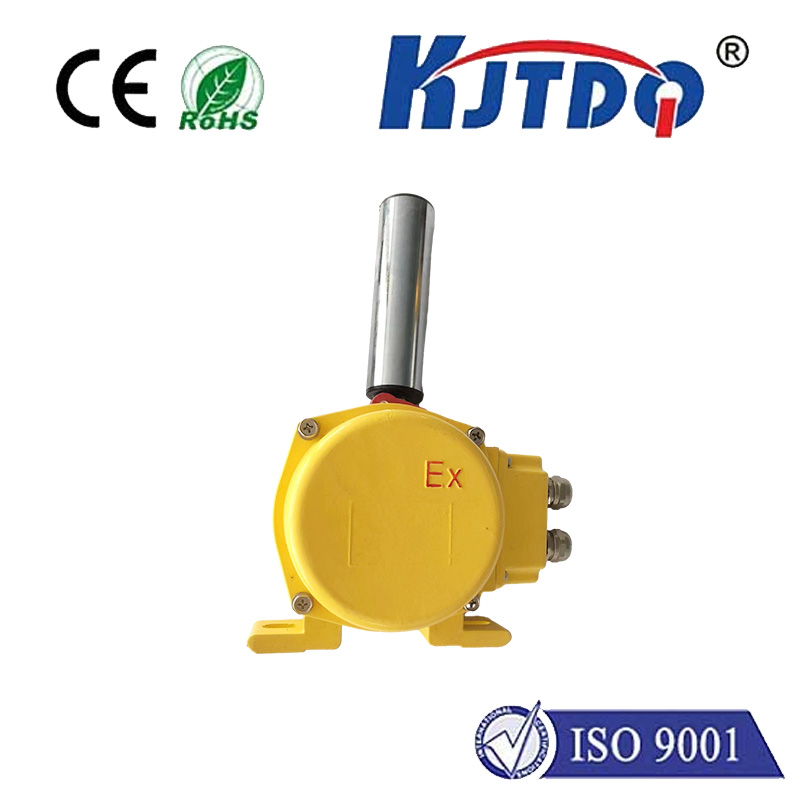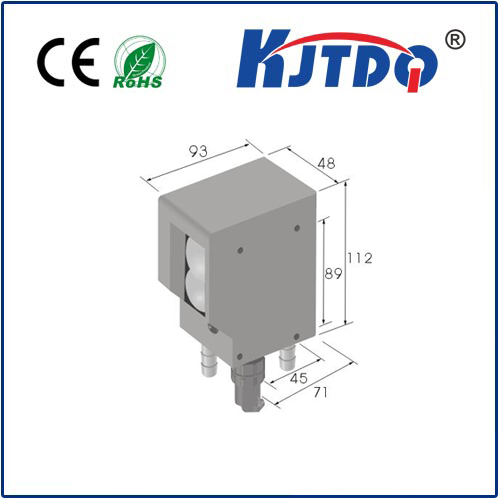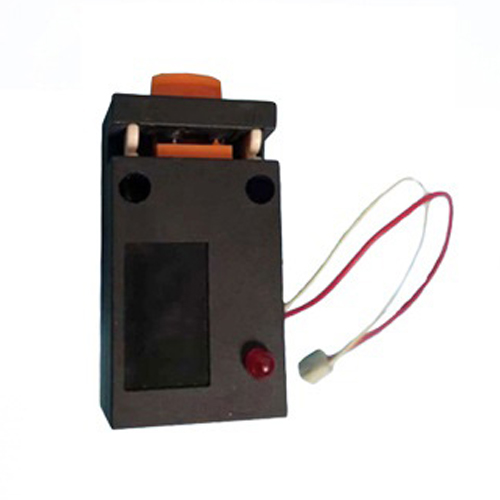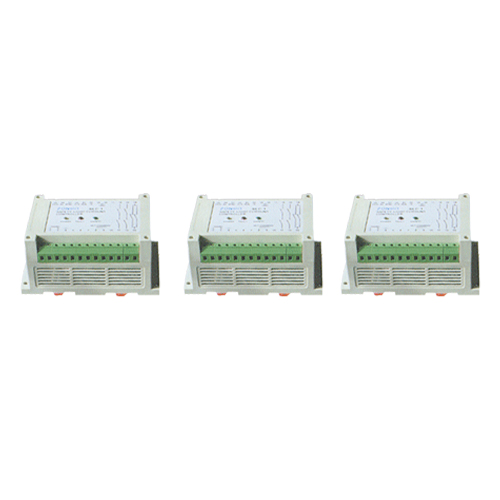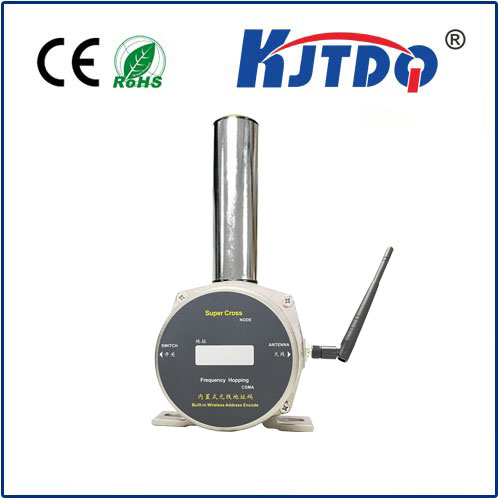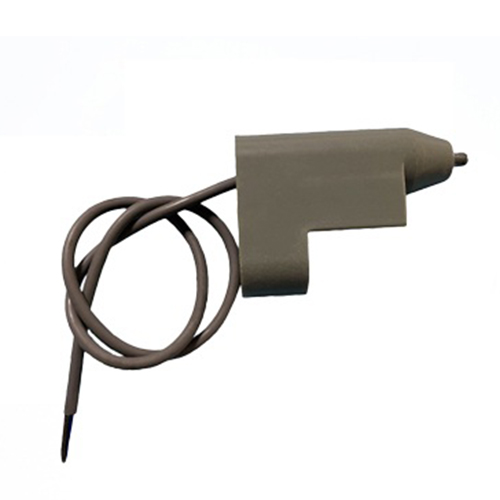

check

check

check

check

check

check

check

check

check

check
Understanding the Role of a Load Limit Switch in Industrial Machinery
In the world of industrial machinery, safety and efficiency are crucial. One often overlooked but vital component that ensures both is the load limit switch. This article aims to shed light on the role and importance of this small yet significant device in maintaining smooth operations and preventing accidents.
What Is a Load Limit Switch?
A load limit switch is an electrical switch that is designed to monitor the load or weight placed on hoists, cranes, elevators, and other lifting equipment. It automatically cuts off power when the load exceeds a preset limit. This feature prevents overloading, which could otherwise lead to mechanical failure, damage, or even hazardous conditions for operators and bystanders.
How Does It Work?

The mechanism behind a load limit switch is straightforward. It typically consists of a switch assembly with adjustable components that allow it to be set at various load limits. As the load increases and approaches the set limit, the switch's actuating mechanism engages, triggering the switch to open or close its contacts. This action disconnects power to the motor, halting further operation until the situation can be addressed.
Key Advantages of Using a Load Limit Switch
1. Prevention of Overload Damage: By shutting down the machinery before the load surpasses its safe operating capacity, load limit switches protect against structural damages and potential catastrophic failures.
2. Safety Enhancement: Overloaded machinery can pose a threat to workers and equipment alike. The use of a load limit switch ensures that such risks are minimized, creating a safer working environment.
3. Compliance with Regulations: Many industries have strict rules regarding the safe operation of machinery. Using load limit switches helps companies adhere to these standards and avoid legal liabilities.
4. Cost-Effective Maintenance: Early detection of overload situations prevents costly repairs and downtime associated with machine failure. Regular inspections and maintenance of load limit switches are more economical than replacing damaged equipment.
5. Increased Machine Lifespan: Proper usage of lifting equipment through load limit switches reduces wear and tear, extending the lifespan of the machinery.
Integration and Maintenance
Proper installation of a load limit switch involves precise placement and configuration to ensure it activates within the correct parameters. Maintenance personnel should regularly inspect the switch for any signs of damage or wear. Additionally, testing the switch under no-load and maximum-load conditions helps confirm its proper functioning.
Conclusion
The load limit switch is an essential part of any industrial machinery system, playing a critical role in maintaining operational integrity and protecting personnel from harm. Its simplicity belies its significance in mitigating risk and promoting reliable equipment performance. Employers and equipment operators should prioritize understanding and managing load limit switches as a core aspect of their safety and maintenance protocols.
